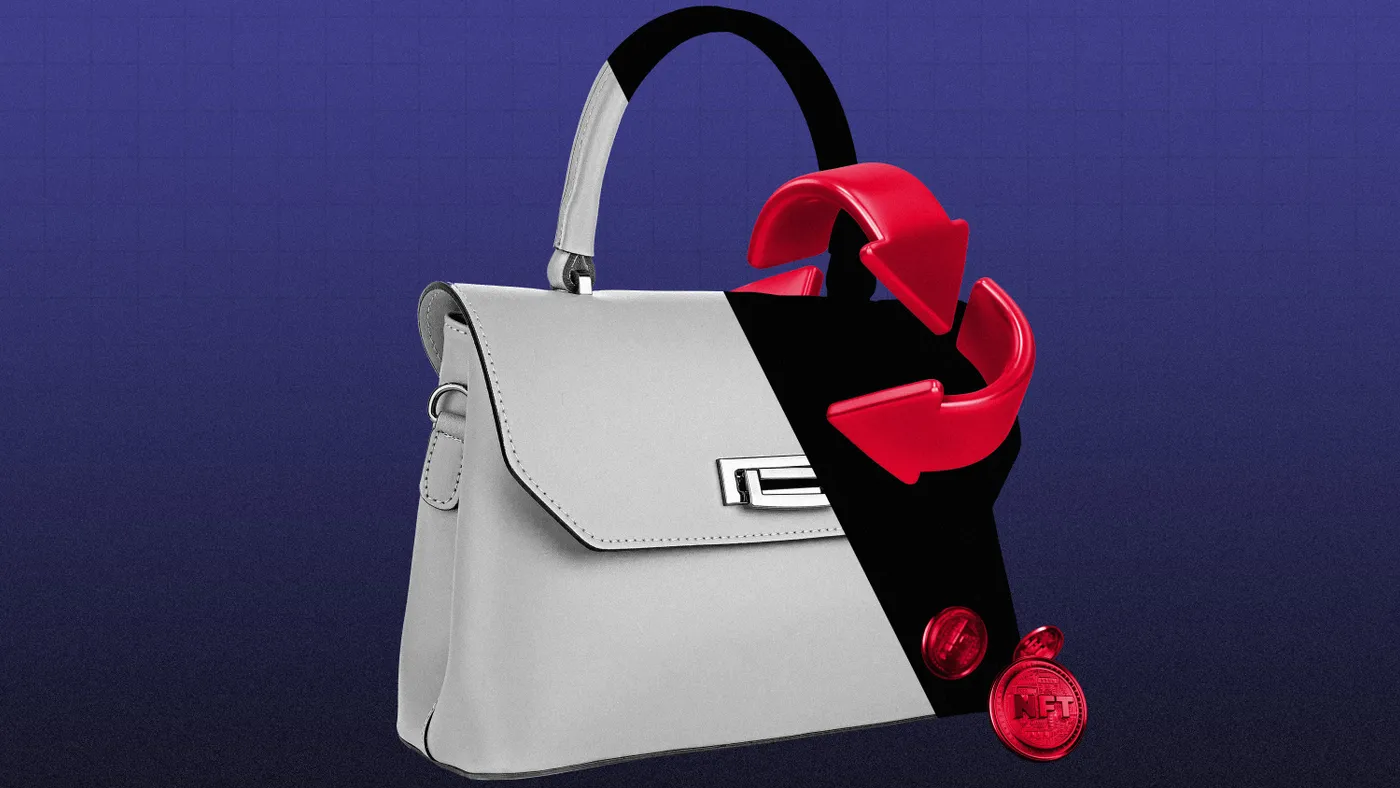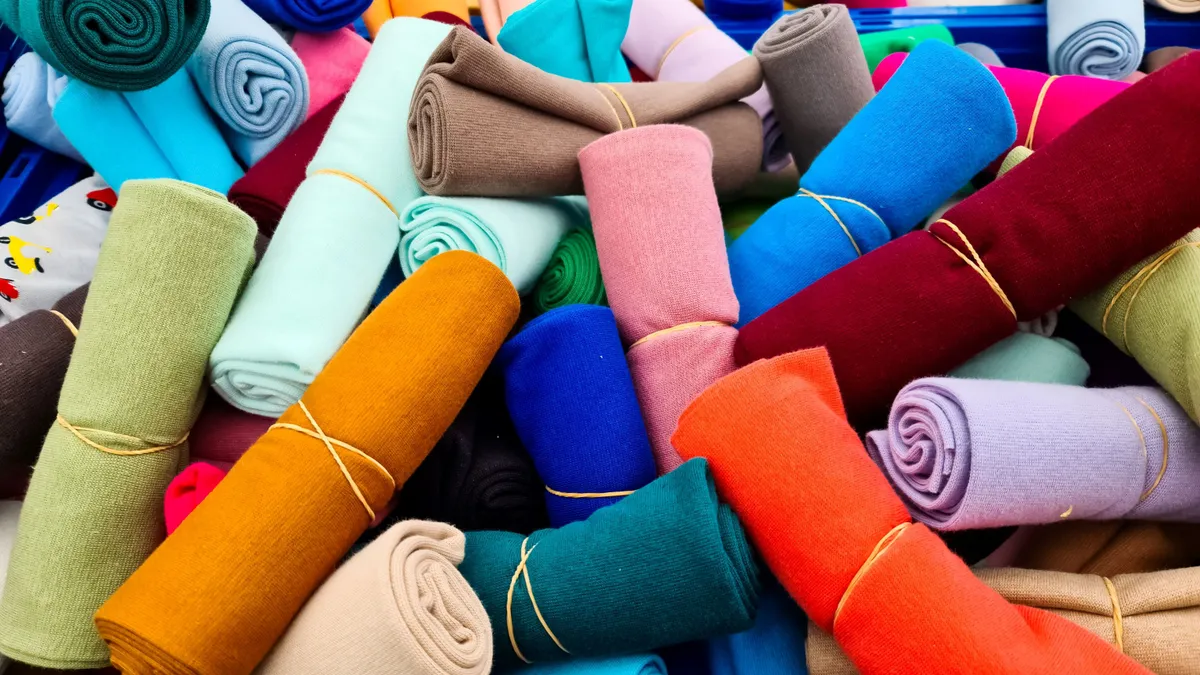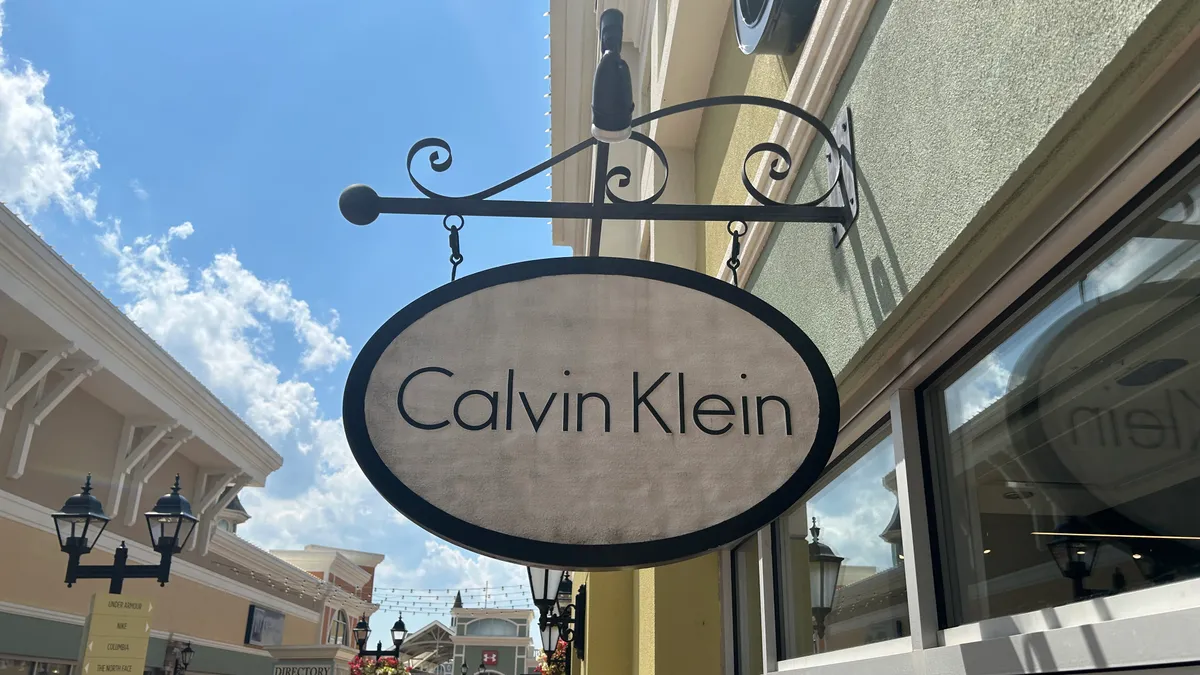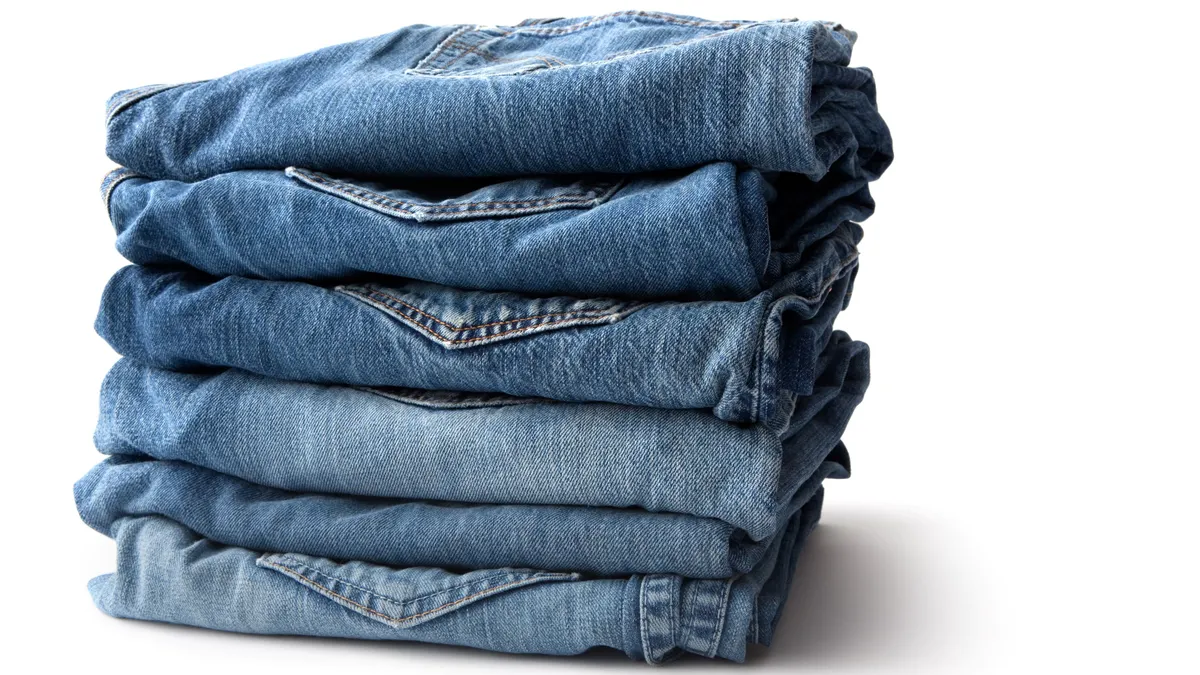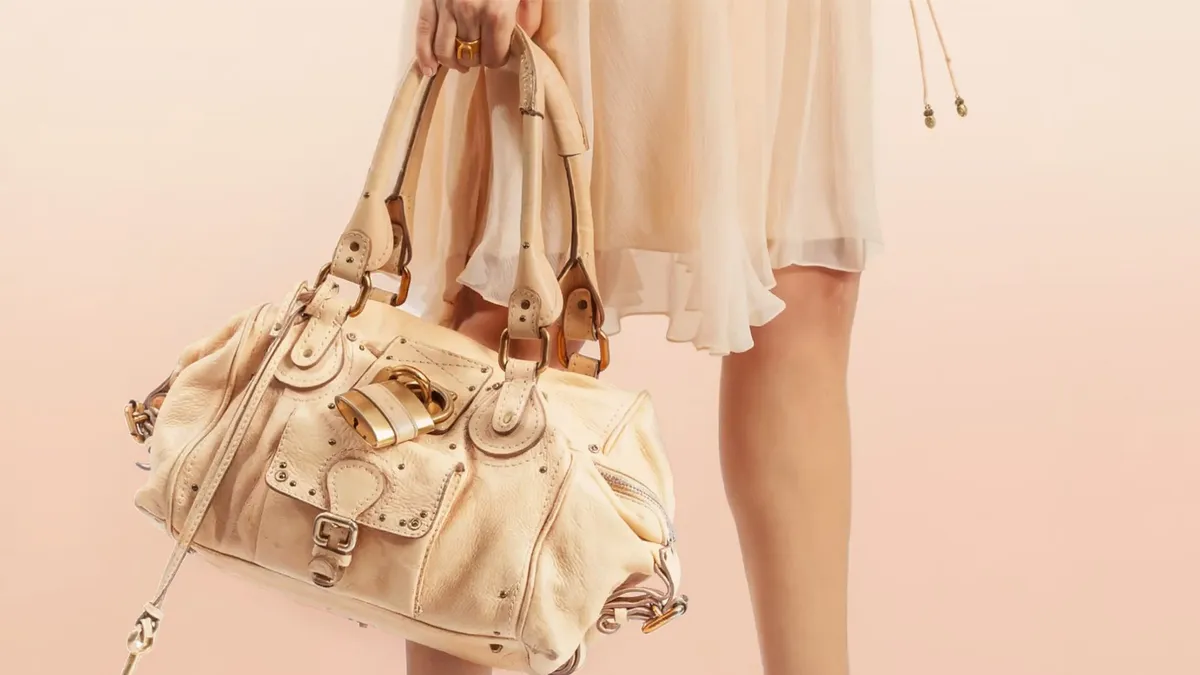Fashion is having a bit of an identity crisis in 2023, and it’s about time.
Three years after the pandemic hit, fashion’s tectonic plates seem to have shifted, and brands are grappling with a new, unfamiliar landscape. At the high end of the sector, luxury is coming off a stellar cycle that kicked off in 2020, when consumers with disposable income turned to revenge spending because they couldn’t travel or dine out. Now, that gravy train may be stalling out, as the sector faces the same disruption felt across the fashion industry.
At the same time, COVID-19 wreaked havoc on fashion’s supply chain, and fast fashion’s grip on online shoppers tightened. Meanwhile, the industry’s damaging impact on the planet is only deepening.
It’s time for the industry to take stock and brace for even more changes, said Sonia Lapinsky, co-leader of the fashion practice, and a partner and managing director at multi-industry consulting firm AlixPartners. “[In 2023] there's going to be a combination of economic, operational, societal and climate disruption. There are so many macro disruptions, and they're happening at a much higher frequency, and the impact is much, much greater than ever before,” she said.
Before the industry goes too far off the rails, fashion needs to figure out who’s in charge, who controls the trend cycles, who’s going to fix the supply chain and repair the environmental damage, and who’s going to buy what they’re selling.
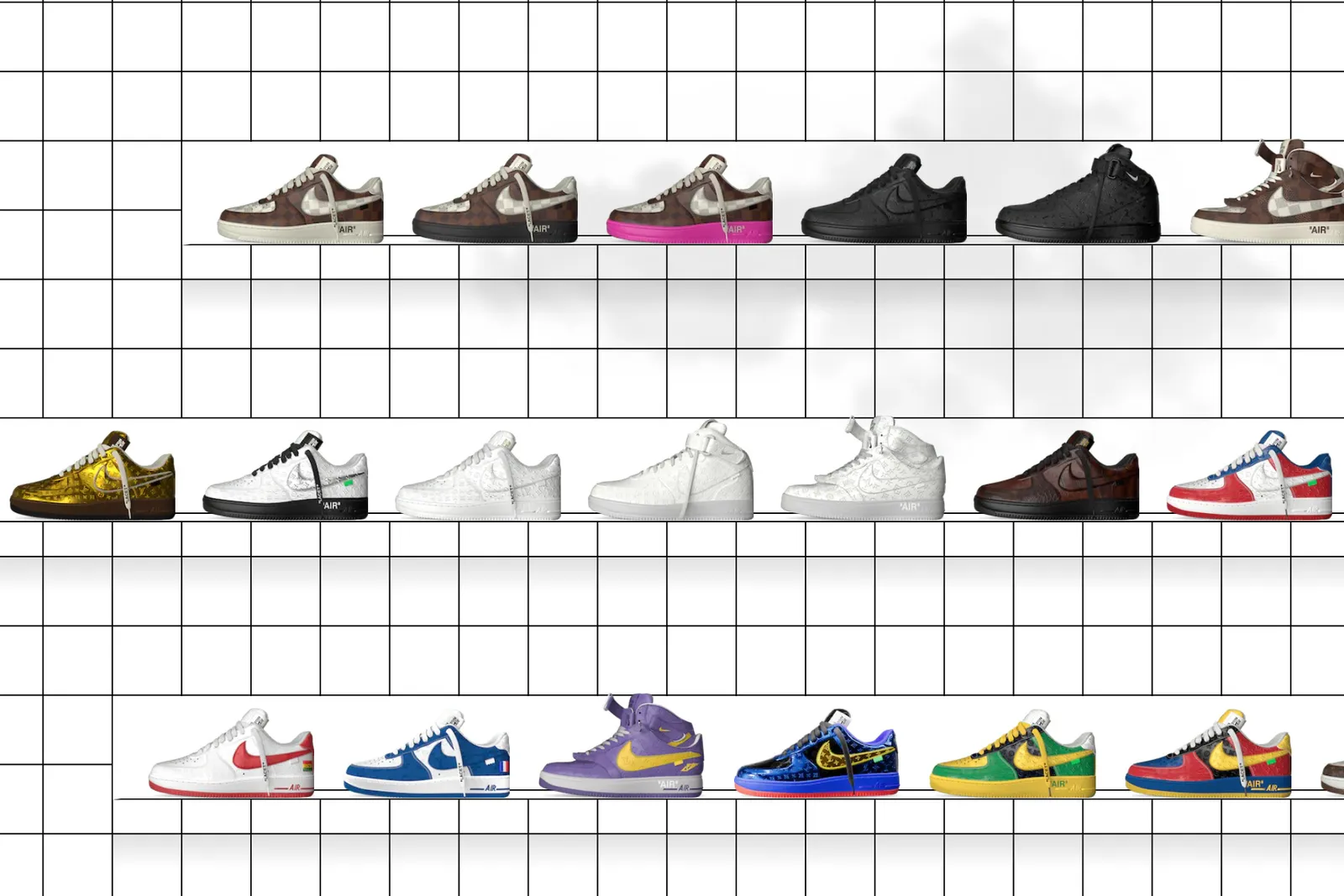
Luxury tries to stay on top of digital and demographic shifts
It’s had a good run, but luxury can’t coast anymore by relying on the same industry models that once served its needs. At the same time, it can’t pretend to be something it’s not in an attempt to grab clout. The demands of 2023 require high-end brands to rethink their strategies to stay relevant.
Usually, luxury has been more impervious to economic challenges, said Lapinsky, but the confluence of events making up 2023’s disruption cycle is atypical. “We've got not only the economic influence, but the supply chain crisis, labor rates, rising interest rates and inventory pile up. We've got major competition coming into the market, because we're now a digital society,” said Lapinsky. “And we've got fast fashion retailers selling on TikTok and gaining all this consumer share that didn't exist before.”
The luxury fashion trend cycle has also shifted, said Lapinsky. “It used to be that luxury would put out the trends,” she said. “They'd have huge fashion shows, and then all the other retailers tried to knock them off.”
That dynamic has changed, she said, as consumers find new ways to get information. “They're no longer listening to big luxury brands tell them what to buy,” she said. “They're listening to the influencers and TikTok stars, and cross shopping, buying from H&M and Louis Vuitton. The consumer [has] the power. This is a major shift, and luxury fashion brands are having to make investments in creating a cohesive experience across channels that they didn't have before.”
This new playing field will create opportunities as well as challenges, said Nora Kleinewillinghoefer, an associate partner in the consumer practice of Kearney, a global strategy and management consulting firm. “If you have a younger consumer, they might have [once] looked at a high-end brand and felt it was unapproachable,” she said. “Now they can play with it. They might be able to have small experiences with NFTs and around other vehicles. So, Gen Z is a future consumer. They're not necessarily your maximum buyers at this point, but they are starting to interact.”
Still, luring the next generation of luxury customers has proven tricky, said Lapinsky. “I'm seeing luxury struggling with this. They need to continue to connect with the consumer, but not by putting a Tiffany blue stripe on a sneaker or by bringing in a celebrity influencer or a brand head. Pharrell is fantastic, but he's not the same as Virgil Abloh.”
Collabs need to be thoughtful in order to resonate, she said. “You have to know where you're going to play as a brand,” said Lapinsky. “It’s about preserving what makes the luxury brand who they are.”
There also needs to be a strong tie-in, said Benjamin Smithee, CEO of business consultancy firm The Smithee Group. “It can't just be a hype grab or a dollar grab,” he said. “When you look at Louis Vuitton and Nike’s Air Force 1, the cultural connection there was Virgil Abloh, so it works. The cultural connection between Tiffany and Nike started getting a little bit gray, less impactful, and Nike lost a little bit of credibility in that space too, because then they were just willing to mash up with anyone, to collaborate with anyone. When it comes to culture, fashion relevancy is the biggest part of the value proposition.”
Bad collaborations can also be a sign of deeper problems, said Kleinewillinghoefer. “Where things fail is when collabs become almost tokenistic, over-proliferated,” she said. “Some brands have used collaborations to potentially cover some of the lack of innovation that they have internally. They're not driving innovation and excitement to their own product portfolio.”
Tech creates practical solutions to better understand consumer behavior
One way fashion brands have tried to innovate is by experimenting with emerging technology. However, Smithee said that in 2023, they need to choose their battles. “Brands are trying to hedge right now,” he said. “When they talk tech, they’re talking AR and VR, the metaverse, NFTs, blockchain. They see this as digital real estate, if you will. They know about ads and billboards and print and glossy magazines, and they see NFTs as like that. And maybe they're not wrong, but maybe they're not right.”

Smithee said fashion brands think they need to be in these spaces to be relevant. “They talk about NFTs and having a virtual store and VR,” he said. “But they confuse relevancy with attention. Just because you have my attention doesn't mean you can move me. Relevancy creates relationships, which creates the ability to create some sort of action.”
Powerful brands, he said, have the relevancy to compel a consumer to move or act or do. “But when brands just see shiny metrics and KPIs and clicks and views and downloads and shares and retweets, are they really building brand value?” he said.
Instead, Lapinsky said fashion companies should look to technology with practical applications. “There’s so much out there from a technology perspective that actually will improve the consumer experience of fashion, which has to do with how they're seeing and experiencing the products,” she said. “But an NFT is not [the same as] fashion. It’s art, and maybe there's a reason to have NFTs, but it’s not selling your product.”
Instead, Lapinsky said, brands should learn where customers are shopping, what they're looking for and what specific attributes are driving them, so they can create a better experience and a better product offering. “That would be worthwhile technology to invest in,” she said. “That includes things like artificial intelligence and predictive modeling to really get a grasp of consumer behavior and what's driving sales and trends and growth in their brands.”

Sustainability will become a critical legal and marketing issue for brands
Sustainability will continue to be a major trend in 2023, said Lapinsky. “Fashion is one of the biggest contributors to the environmental challenges that we have today,” she said. “There's so much waste in fashion, and there's so much pollution in creating fashion. There's some recognition that we have a problem in fashion, but there's not the investment to do something about it.”
She said one challenge will be that consumers want sustainability from fashion brands, but they don’t want to pay more for it. “That's got to be an investment from the fashion brands,” she said. “[Brands] have to understand they’re not going to be able to command a higher price for doing this, but they’re still going to have to make the investments, because at some point, it's going to be table stakes. Consumers may not pay more for it, but they're going to go to the brand that’s delivering it.”
She added this will also become a legal issue. “Society and regulators are going to start to require it,” she said. “They’ll start to put more onus on fashion brands to do something about this problem they've created.” It’s already happening in some states. A recently signed bill means New York state will join California in banning the sale of apparel containing intentionally added PFAS substances beginning Dec. 31. New York also has another bill in active committee right now, called the Fashion Sustainability and Social Accountability Act, which if passed would hold fashion sellers accountable to standardized environmental and social due diligence policies.
Kleinewillinghoefer said in 2023, the focus will be on traceability, material authenticity and authentication. “The apparel industry is still one of the worst offenders when it comes to emissions globally, due to the nature of how products are made and transported,” she said. “It’s everything from growers all the way to the store, and in the disposable nature of a lot of fast fashion. But you need to know where you are before you can make major headway on where you're going.”
Discussions about sustainability will also need to include more talk about resale and re-commerce, said Smithee. “Being globally aware, socially conscious and luxurious at the same time is sort of that trifecta for Gen Z, and even Gen Alpha,” he said. “I don't have to be the first to own it, and I don't have to wear it just because that's what everybody told me I had to wear it.” However, a recent report from recommerce platform Trove indicated that luxury brands in particular are lagging in this space.
Talent will have to get diverse and tech-savvy
As fashion’s business models change, companies will need to import or cultivate talent that’s comfortable with new ways of working in technology, said Lapinsky. “That's going to be a huge mindset shift and a huge business model shift and talent shift that we're going to have to see happening over this next year and coming years,” she said.
This will also be an opportunity to bring in new points of view, said Smithee. “You have to hire based on an ability to do what's next, and an ability to be evolutionary, not just revolutionary,” he said. “Not just think of big ideas, but evolutionary in terms of how they evolve with the times, with culture, and with mindset.”
Smithee said fashion companies need to be careful not to chase after talent just because it creates buzz, because that rarely translates into stability. “In some ways, buzz has become as important or more important than business,” he said. “We feel that with enough buzz it will just trickle down to dollars and cents. And in the short term it can, but it sets us up for a really bad cycle.”
Instead, Smithee said fashion brands in 2023 should hire based on who is able to provide solid direction and sober advice. “Seek the right wise counsel,” he said. “Look at Balenciaga. It’s old news by now, but let’s just look at the decision tree. For that to happen, you know how many sign offs had to have occurred? How many people were signing off on stuff because they were so out of touch with reality, or they were so hungry for hype? That hype-beast mentality and buzz meant they were willing to forego any type of wise counsel. To me, that’s a multi-pronged issue. It’s brand, it’s consumerism, it’s executive leadership, and it's agency-level.”
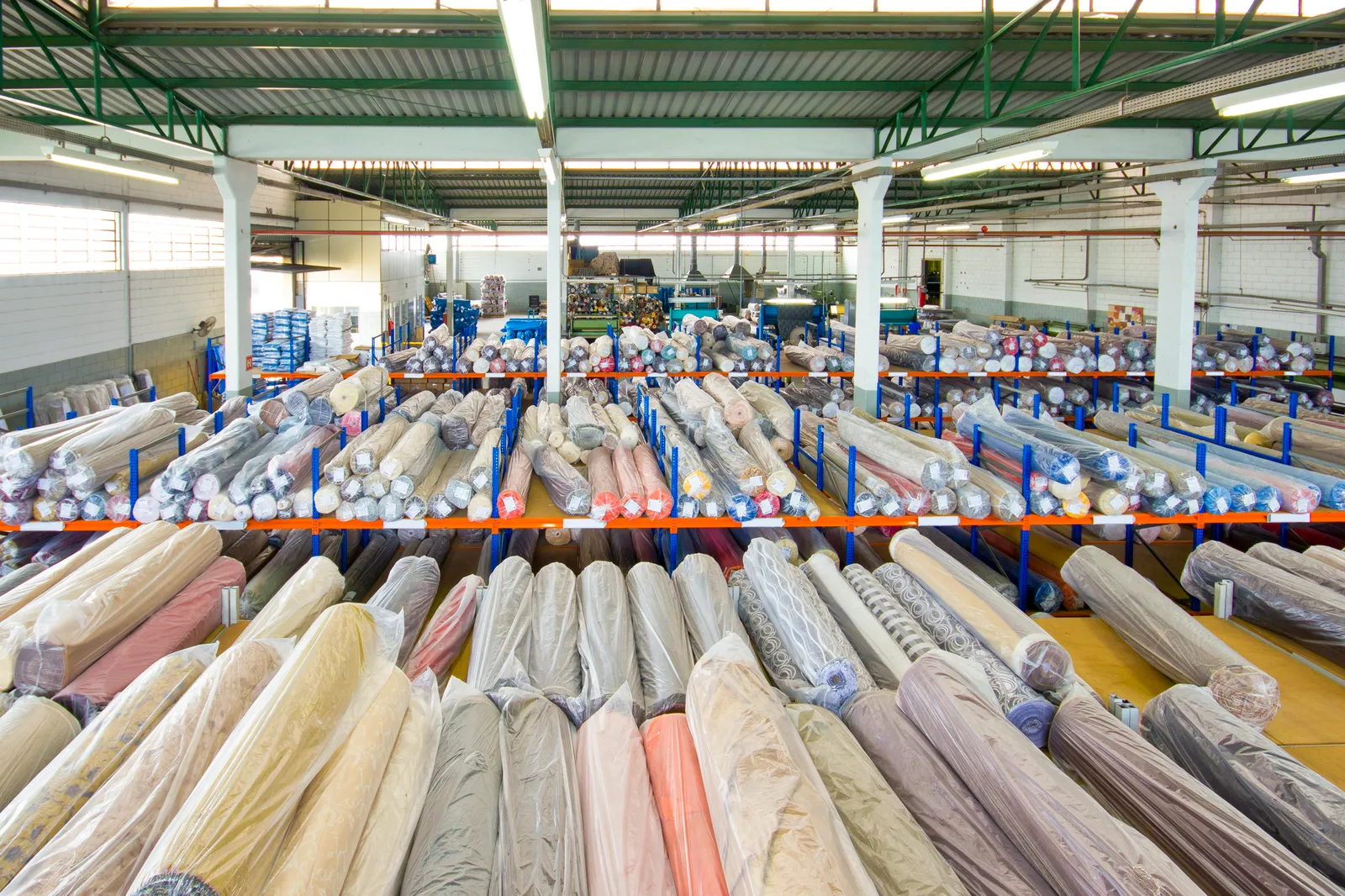
Supply chains get resilient as brands become more agile
Throughout 2023 and beyond, Kleinewillinghoefer said she expected the supply chain to experience continued disruption shock across every link. In order to offset this, she said, fashion brands need to be more agile. “It's still a work in progress,” she said. “They need to strike that balance between trying to be too resilient, and being over-inventoried. It's sort of the state in the near term. We just have to prepare for the ability to adapt quickly.”
Technology may be able to help with some of that, said Lapinsky, but that isn’t the whole solution. “We can use AI algorithms to do some of the design work,” she said. “But in order to make that effective, it has to have production and manufacturing partners on the back end who can take those designs, either created by human or by algorithm with some human oversight, and actually generate much smaller production runs.”
That whole ecosystem has to change, she said. “The technology is getting there, but we can't just have the technology if we're relying on old vendor partnerships, old supply chains and old factory relationships that only want to do big rounds of the same product over and over again.”
She said the only way to reduce fashion’s risk and the inventory problems from the last few years is to have a more resilient process. “We're going to have to start depending on technology in a different way,” she said. “We're going to have to be better at predicting and using more data to understand what we should be buying, making and ordering. And we're going to need to think about the back end differently, in terms of who we're partnering with, where that happens, how that happens, how we leverage technology to be smaller and more reactive.”
Convincing the fashion industry to make these foundational changes may be difficult, Kleinewillinghoefer said. “Historically, supply chains are some of the most rigid things in organizations,” she said. “They're slow, they're big, and they’re very expensive. But we need agility. We need to be able to pivot to what's happening in the market. Don't wait until you're in an inventory crisis. Don't wait till you have a supply chain breaking. It's about sort of seeing what's coming ahead and responding.”


